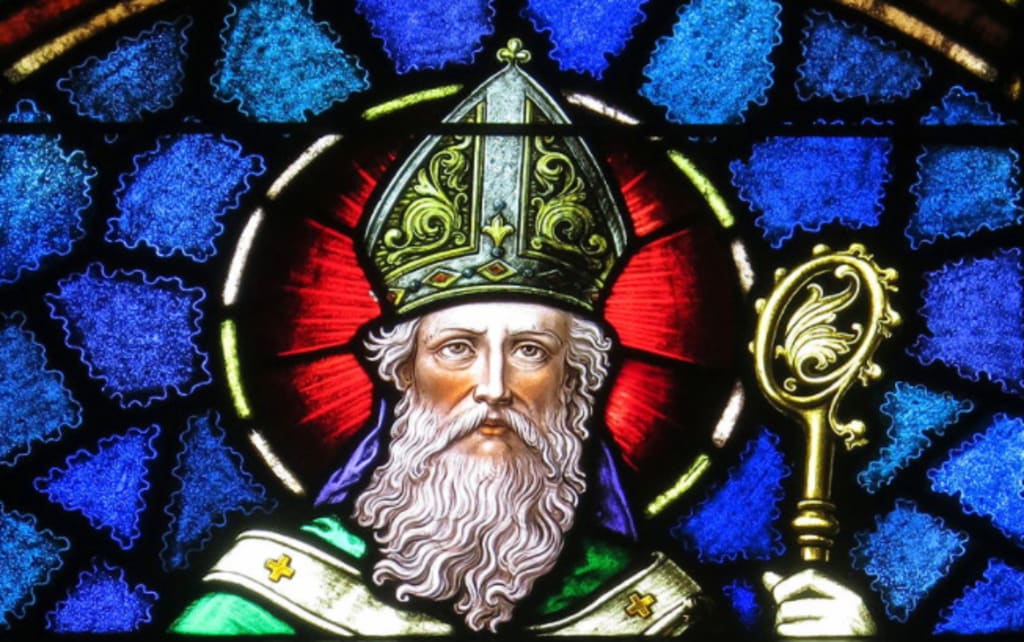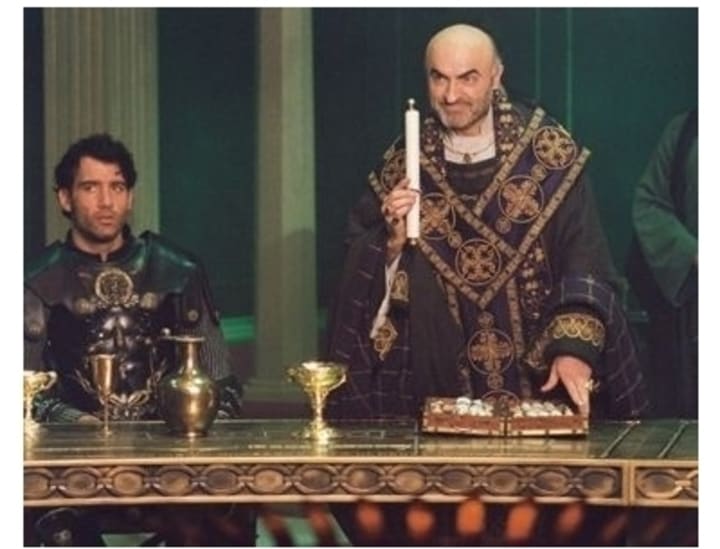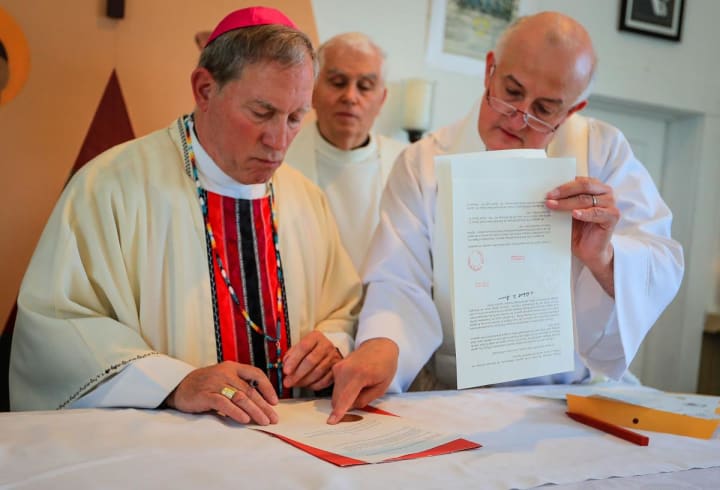"Saint" Patrick's Day: Why Ireland's patron was never canonized by the Catholic Church.
While millions around the world celebrate St. Patrick's Day every March 17, one of the first major figures in history to reject slavery has not been canonized.

Erin go bragh! It's St Patrick's Day, the annual celebration of the patron saint of Ireland.
Every year, the people of Ireland and around the world celebrate their heritage and culture on St Patrick's Day, with the day being more of a commercial festivity -to a downright beer binge session- rather than a religious event in recent times.
Celebrations also take place in other countries around the world, including the UK, most European major cities and in the United States.

While Ireland usually embraces its patron saint's day by holding energetic, green parades, wearing shamrocks and flying Irish flags, sadly most events have been cancelled for a second year in a row due to the Covid-19 pandemic.
How long have we been celebrating St Patrick's Day?
The first public celebration of St Patrick's Day is debatable. While many argue that the first "official" parade in the name of the saint was held in Boston, Massachussetts, in 1737, with New York holding the first parade in 1762.
The Irish, however have celebrated St Patrick for more than 1,000 years, and Waterford Franciscan Luke Wadding, helped put the feast day on the Catholic Church calendar in the early 1600s.
Since these early events, the celebration of St Patrick has spread to Dublin and many US cities, and in recent years has grown in popularity elsewhere, including Europe and even Asia.

The slave that became Ireland's patron saint
St Patrick's exact birthplace is unknown and debated. Historians will tell you that not a great deal was written down in late and post-Roman Britain. That is after all, why we have the legend of King Arthur and Merlin; to fill in the gaps for these "Dark Ages".
We do know he was born by the name of Maewyn Succat around the year of 385 AD in either England, Scotland or Wales, and we are pretty sure that the patron saint was captured by Irish pirates at the age of 16 and taken to Ireland as a slave.
"Patrick" was held captive for six years and most stories say that he worked as a shepherd. It is said that his increasing isolation brought him closer so spirituality. After a "voice" told him it was time to leave Ireland, Patrick successfully escaped captivity and sailed back to Britain to study Christianity.
Shortly afterwards, an angel appeared to Patrick in a dream and told him to go back to Ireland as a missionary. But first he is known to have traveled to Gaul, to study under Germanus, bishop of Auxerre.

Patrick then returned to Ireland and converted thousands of people to Christianity and established churches, schools and monasteries across the country.
Ever wonder why Ireland is Catholic? Patrick, is why.
Believed to have died on March 17, in 461 AD, Patrick's spiritual path led him to become a legendary figure, as he left behind an established church and an island of Christians.
Patrick was never canonized a saint by the Catholic Church
Millions of us around the world the world celebrate St. Patrick's Day every March 17, but the fact is that Patrick has never been canonized by the Catholic Church and is therefore a saint in name only.
Writer Ken Concannon states a clear reason: "There was no formal canonization process in the Church during its first millennium. In the early years of the Church, the title saint was bestowed first upon martyrs, and then upon individuals recognized by tradition as being exceptionally holy during their lifetimes."

"He was proclaimed a saint by popular acclaim, probably with the approval of a bishop. The official process for canonization did not come until about the 12th century."
"Consequently, these Irish saints, including St. Patrick, were never actually formally canonized -- save one. The exception was Fergal, also known as St. Virgil of Salzburg, an 8th-century missionary scholar who was officially canonized in 1233 by Pope Gregory IX. Virgil is one of only four Irish saints to be canonized by Rome."
What do you think? Should the Church finally canonize him or would doing so lose Patrick the appeal of being a "peoples" Saint by acclamation?
I think that Patrick was one of the first major figures in history to reject slavery and for that alone he deserves proper canonization.
About the Creator
Jake Murphy
Jake Murphy is a Fellow of the Royal Society of Arts. He attended Oxford University then took an MBA and traveled across Europe and Asia, publishing stories relating to the numerous countries he visited.
Enjoyed the story? Support the Creator.
Subscribe for free to receive all their stories in your feed. You could also pledge your support or give them a one-off tip, letting them know you appreciate their work.






Comments
There are no comments for this story
Be the first to respond and start the conversation.